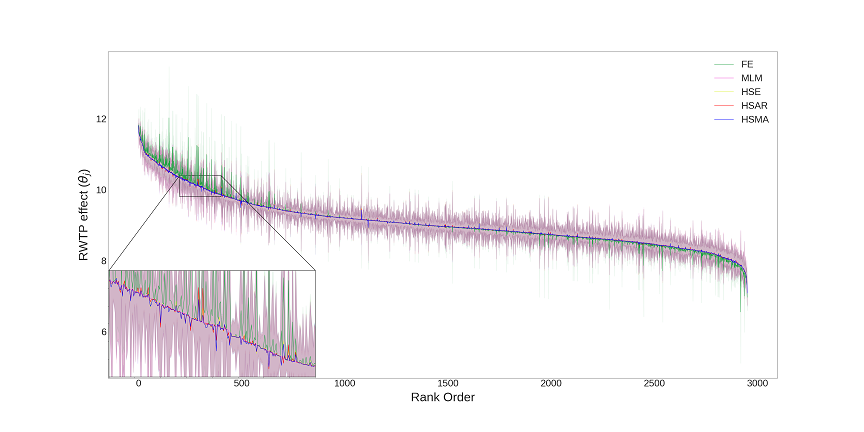New paper on constructing hierarchies of retail centres

Retail centre hierarchies are the rankings of particular centres within a network, whose position relates to the size, attractiveness and gravity of their composite retailers influence. Preference for particular urban environments are intrinsically tied to the availability of leisure, service and retail opportunity that satisfies the consumer’s wants and expectations. For example, top ranked centres typically offer multi-purpose, comparison shopping experiences that have a wider geographical reach on consumers. The paper argues an estimation of how retail centre willingness-to-pay (RWTP) is foundational to understanding hierarchies of retail spaces, which reveal geographic patterns in urban growth and development.
Using Bayesian multilevel models that incorporate the spatial context of retail centres, the paper derives indicators that describe hierarchies of retail centres across the national extent. Alongside this, the paper obtains a measure of uncertainty in the rank-ordered estimate for each retail centre that allows them to quantify a degree of belief for the rankings. Overall, using a series of econometric experiments, the authors describe a reproducible method that creates spatial data for measuring the economic and social value of retail centres.
The paper is available in the Annals of the Association of American Geographers here: https://www.tandfonline.com/doi/full/10.1080/24694452.2019.1667219